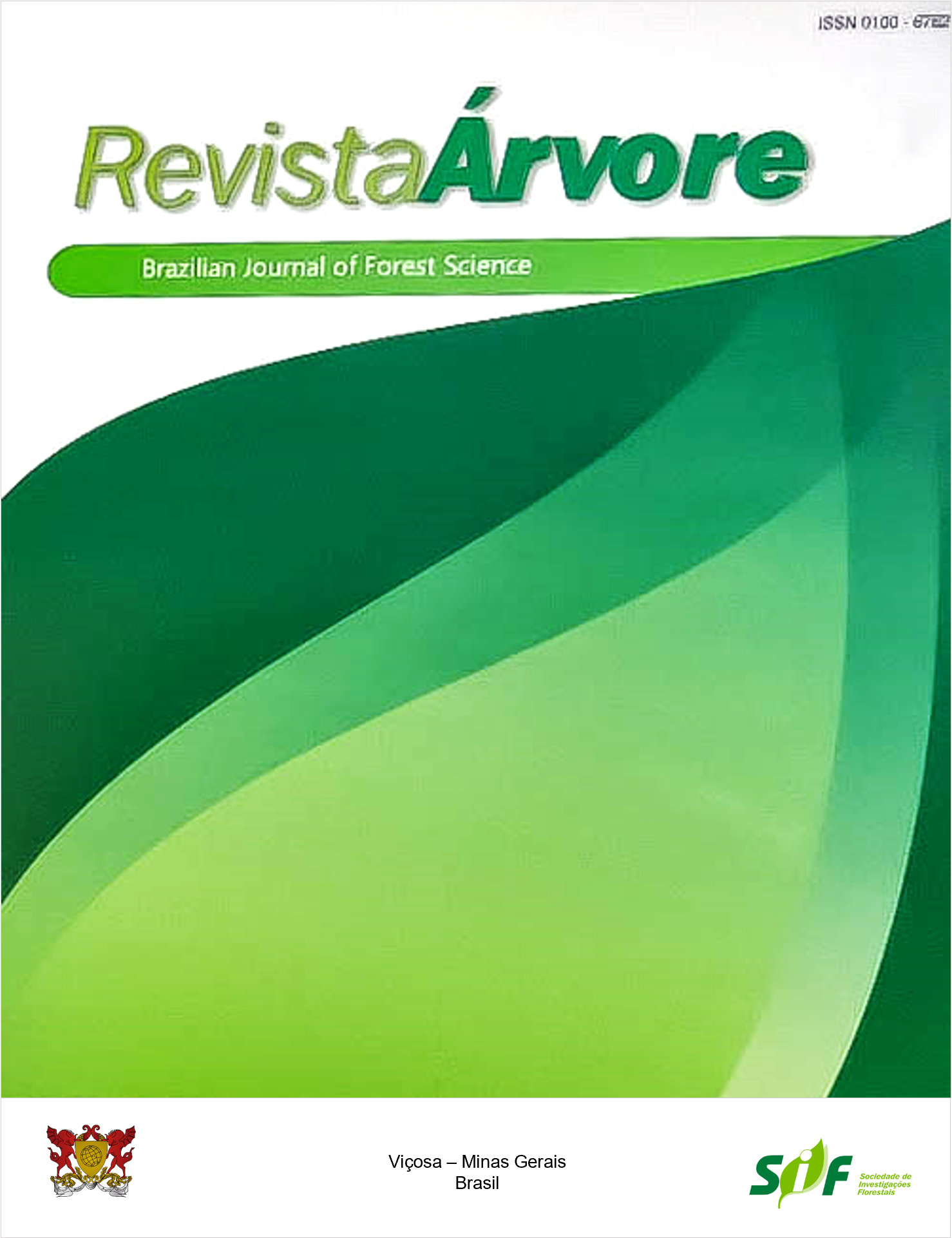POPULATION STRUCTURE AND DENSITY OF Attalea phalerata MART. EX SPRENG. (ARECACEAE) IN A SEMIDECIDUOUS FOREST
Abstract
The structure of a population can be seen as the result of biotic and abiotic interacting forces. The studies of population characteristics are vital to improve the understanding of ecosystem functioning. In this study, we attempted to answer the two following questions: What are the population structure of Attalea phalerata? and Are there any influence of reproducers presence, canopy openness, declivity, basal area and soil coverage on recruitment of individuals in this population? We distinguished four ontogenetic stages in A. phalerata. Reproducers and virgins were sampled by using 25 plots (400 m²), juveniles and seedlings were sampled in sub-plots (100 m²). We found 2,328 Attalea phalerata individuals per hectare, first two ontogenetic stages accounted for 89.8% of the total, describing a relatively stable population. None of the analyzed factors were affecting the natural regeneration of Attalea phalerata in the fragment. The density and distribution pattern found for the population are probably signs of formation of oligarchic forests, moreover, the species seems to be able to colonize clearings and open areas.
Keywords: Canopy openness, Hemispherical photography and Population ecology.
Downloads
Published
How to Cite
Issue
Section
License
All authors agreed to submit the work to Revista Árvore and granted the exclusive license to publish the article. The authors affirm that it is an original work and has not been previously published elsewhere. The scientific content and opinions expressed in the article are the sole responsibility of the authors and reflect their opinions, not necessarily representing the opinions of the editorial board of Revista Árvore or of the Society of Forest Investigations (SIF).




